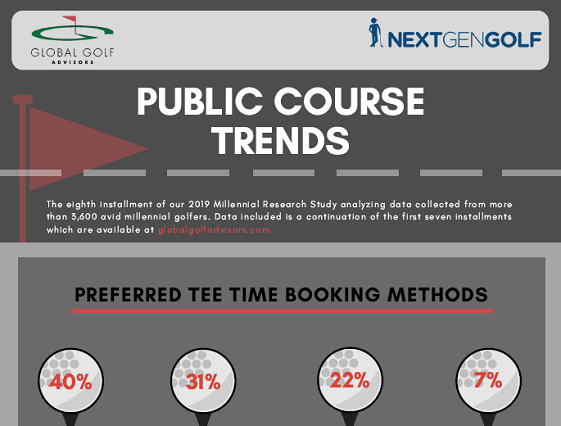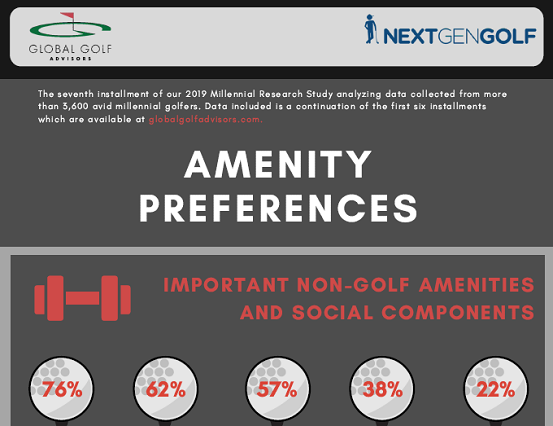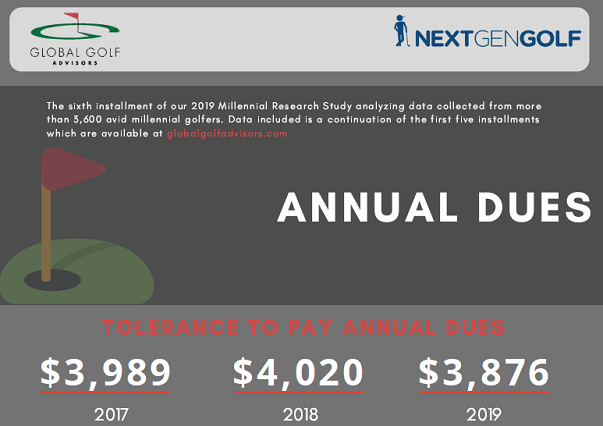Amidst the euphoria of clubs reopening, EMEA Partner Rob Hill encourages club leaders to look beyond 2020 and plan now to do all they can to maintain those gains, because starting this winter, 2021 is going to bring a whole new challenge.
Numerous UK golfing bodies, clubs and media are understandably enjoying the moment – citing a considerable spike in membership interest and lauding the industry’s resurrection as reason for celebration.
Amidst the euphoria, club leaders would do well to look beyond 2020 and plan now to do all they can to maintain those gains, because starting this winter, 2021 is going to bring a whole new challenge.
The Bank of England has warned that the UK faces its deepest recession since 1709 and the OECD forecasts that the UK will suffer the worst recession in the developed world.
Thus far, the true state of the UK labour market has been disguised by wage subsidies covering 9.1m jobs – a scheme coming to an end in October this year.
GGA Partners Research (A Member’s Perspective, 2020) signals that 43% of private club members expect their disposable income will decline over the next 12 months, while 58% believe their overall consumer spending will also decline.
This new economic environment will first focus its wrath on the 8% of clubs in the UK and Ireland that classify their current cash position as ‘Critical’. It will swiftly sweep through the further 29% that classify theirs as ‘Concerning’.
As far as the COVID effect on member attitudes to returning to use their club, 11% of members signal that they are hesitant, would not return until the Club had been operational ‘without issues’ for a trial period, until rigorous virus testing capabilities or even a vaccine is available. This is particularly applicable to the 70’s+ age group (A Member’s Perspective, 2020), leading to a likely detrimental impact on this demographic’s perceived value for money and relevance.
A study carried out by the English Golf Union as it then was in 2008, identified in the first year of that recession, almost 1/2 of all clubs experienced a decline in membership numbers with “the most significant decrease in the 22-44 age group” – a reflection of the age group that gets hit hardest in an employment downtown. It’s reasonable to assume this trend will be repeated.
By all means enjoy re-opening, celebrate the new demand and interest in the game and membership, and the first profitable quarter for f&b departments in recent memory! But remember what you’re experiencing now isn’t the new normal. That’s coming this winter and it is the responsibility of club leaders to prepare their organisations for the next cycle NOW.
This means addressing any governance weaknesses that may hinder nimble and difficult decision-making. Following proven guiding principles to protect the club’s overall financial health. Protecting the condition of club assets and exploring opportunities for investing in enhancements which will broaden relevance and appeal. Investing in people and their education to deliver efficient and outstanding member and visitor experiences. Investing in a membership retention plan with an emphasis on value, NPS, socialisation, and safety, and investing in an appropriate brand management strategy so that values are communicated effectively to both internal and external audiences.
If you have an interest in reading insights from my colleagues and research from our extraordinary team at GGA Partners, I encourage you to go to ggapartners.com/insights where you can also sign up to receive releases of interest.
















